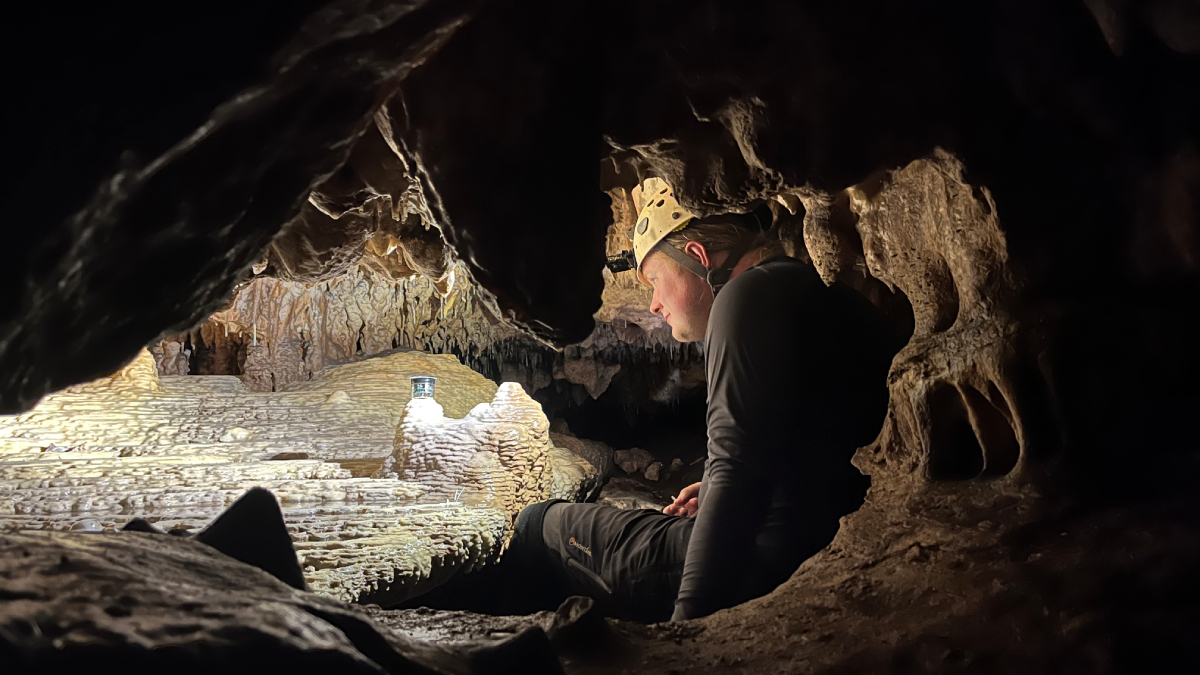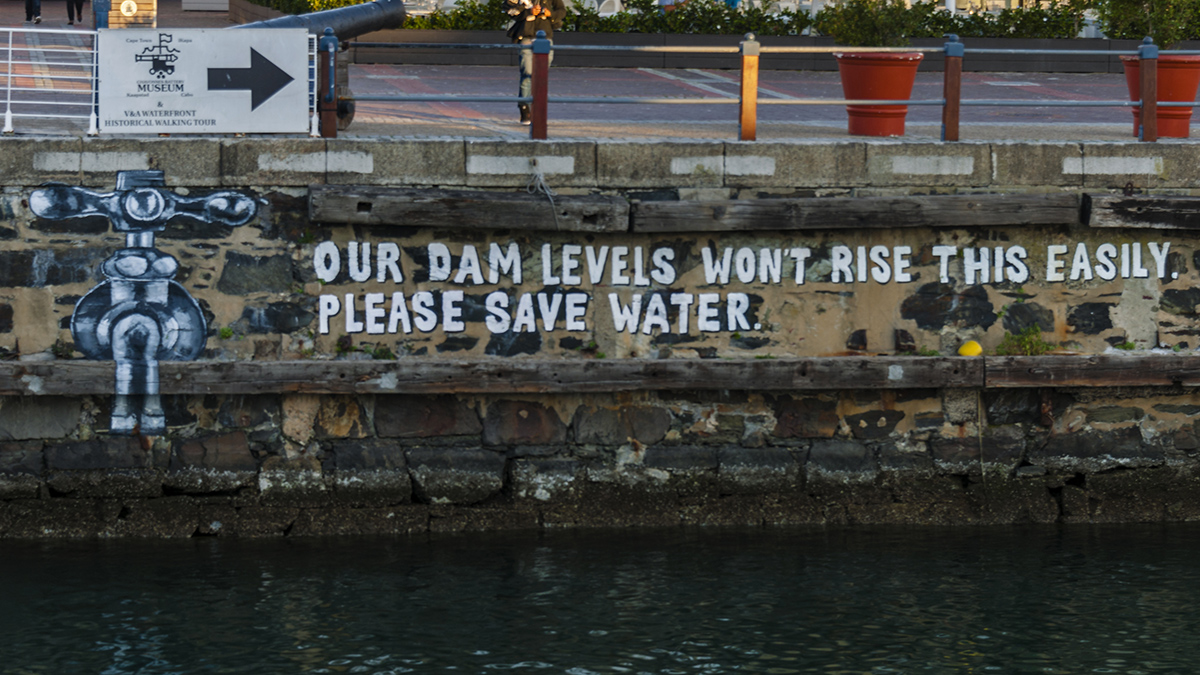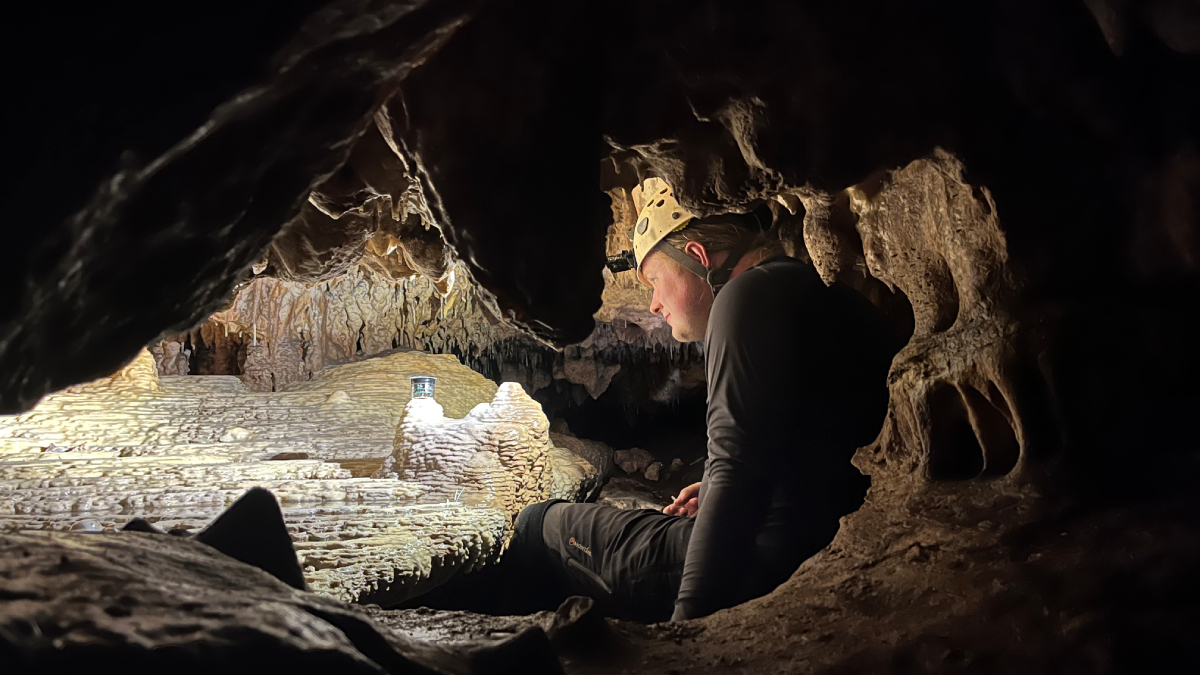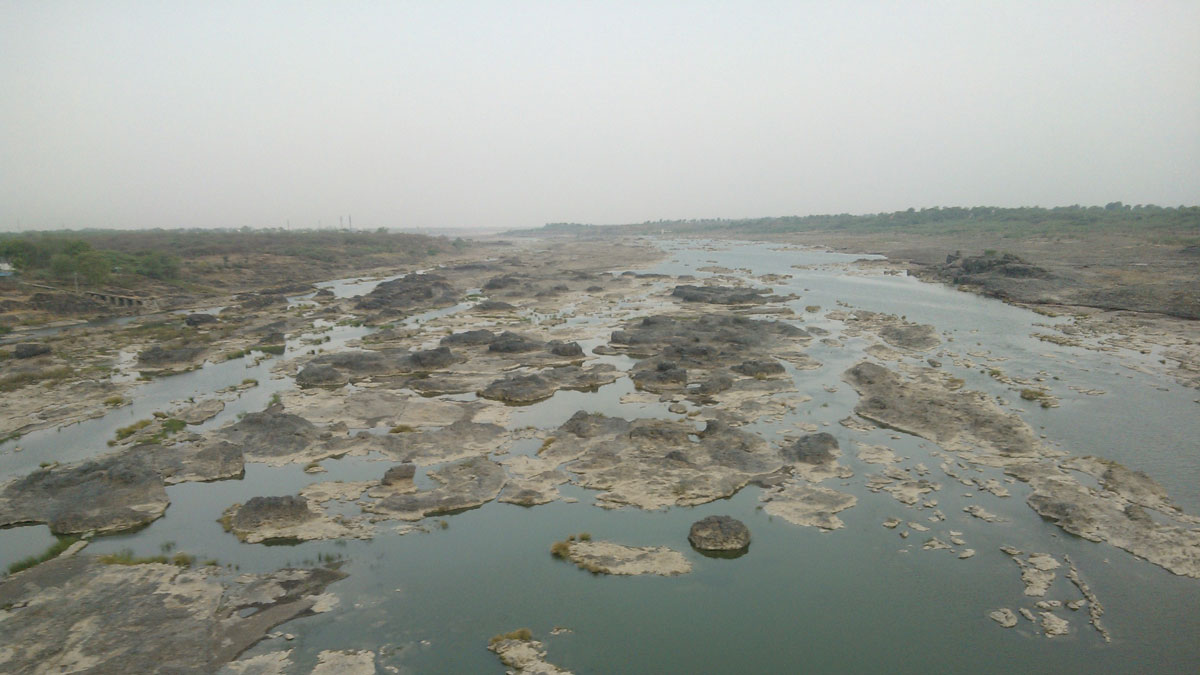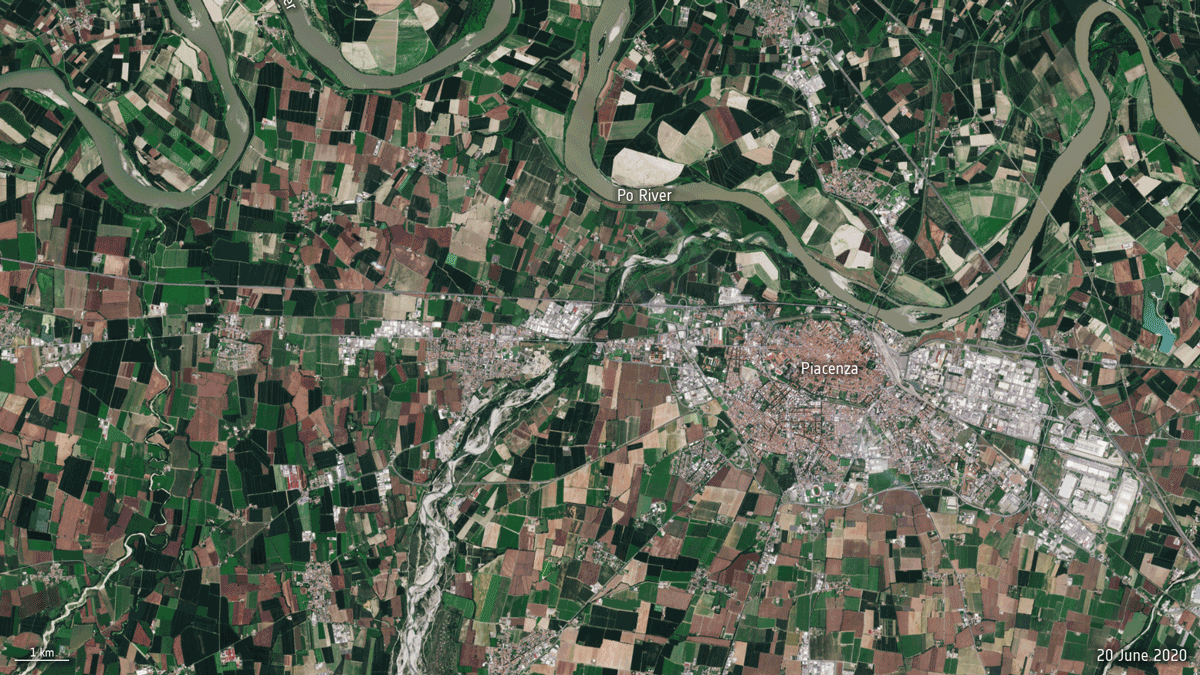El entendimiento de cómo las ciudades individuales respondieron al estrés climático ayudará a crear imágenes holísticas de cómo estas sociedades funcionaban.
drought
Are “Day Zero Droughts” Closer Than We Think? Here’s What We Know
A new study warns that day zero droughts—when reservoirs fail to supply taps—could become common within this decade.
Fire, Not Deforestation, Is Now the Amazon’s Biggest Carbon Emitter
Forest degradation in the Amazon increased by 400% in 2024. It was largely driven by wildfires during the forest’s worst fire season in more than 20 years.
Major Droughts Coincided with Classic Maya Collapse
Understanding how individual cities responded to climate stress will help create holistic pictures of how these societies functioned.
Droughts Sync Up as the Climate Changes
A new study reconstructs roughly 800 years of streamflow history in India’s major rivers, showing an increase in synchronous drought linked to anthropogenic climate change.
Fallowed Fields Are Fueling California’s Dust Problem
New research shows that unplanted agricultural lands are behind most of the state’s anthropogenic dust events.
Mexico Will Give U.S. More Water to Avert More Tariffs
Mexican and U.S. officials announced that Mexico will immediately transfer some of its water reserves to the United States and also allow a larger share of the Rio Grande River to flow into the United States.
Modeling the Past, Present, and Future of Drought
A new study combines historical observations, climate modeling, and data from tree rings to create a fuller picture of historic as well as potential drought conditions.
“Thirstwaves” Are Growing More Common Across the United States
Like heat waves, these periods of high atmospheric demand for water can damage crops and ecosystems and increase pressure on water resources. New research shows they’re becoming more severe.

